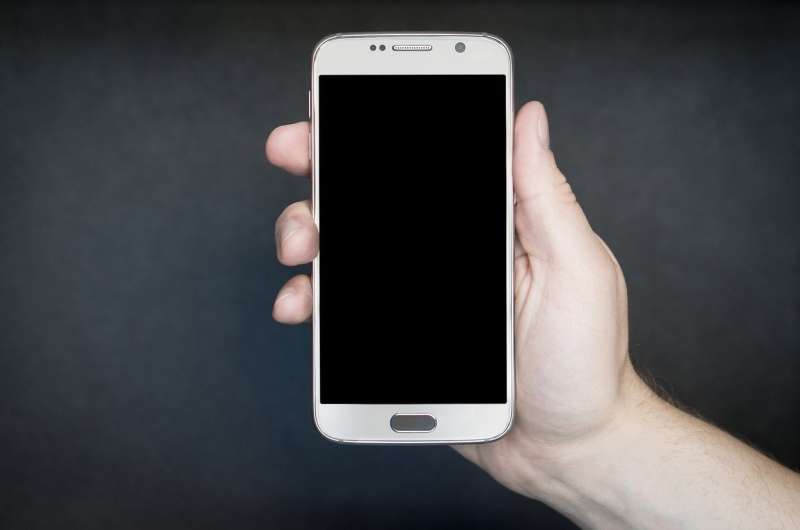This article has been reviewed according to Science X's editorial process and policies. Editors have highlighted the following attributes while ensuring the content's credibility:
fact-checked
trusted source
proofread
Smartphone technology expected to advance assessment of neurological soft signs in schizophrenia

Since the 1980s, we have known that neurological soft signs (NSS) can distinguish people with schizophrenia from psychiatrically healthy individuals. NSS are subtle neurological impairments that principally manifest as decreased sensory integration (trouble receiving and responding to information transmitted to the brain through the senses) and difficulties with balance, rapid successive movements, and right–left orientation.
NSS doesn't always cause impairment of daily living, but identifying them could improve the diagnosis and treatment of schizophrenia and enhance understanding of the disease itself. Unfortunately, barriers to assessment have persisted for more than 40 years—rating systems for NSS are subjective, so it's difficult to reliably measure and compare deficits.
In a perspectives article published in Harvard Review of Psychiatry (HRP), John Torous, MD, MBI and colleagues of Harvard's Beth Israel Deaconess Medical Center and the Massachusetts Mental Health Center in Boston, discuss how smartphone sensing technology could be used to create standardized NSS assessments.
Advances in smartphones and digital phenotyping offer a means for more reliable scoring
In 2016, Dr. Torous and his colleagues were the first to define "digital phenotyping," the use of data from smart devices to identify behavior patterns that can detect disease. In the case of NSS, physicians can collect information from a smartphone's motion sensors, like those that adjust the screen display from portrait to landscape and react to gaming-related gestures, to detect behavior patterns as possible NSS markers. For example:
- A test of balance: Patients stand with their arms held parallel to the floor and their eyes closed for one minute; patients could perform the same test with a smartphone attached to their sternums.
- A test of motor coordination (like the tandem walk): Patients walk heel-to-toe in a straight line for 12 feet; the same test has been administered to patients with Parkinson's disease by having them put a smartphone in their pants pockets.
- A test of complex motor acts: Ask the patient to reproduce a series of audible taps; alternatively, the smartphone could play a beat with the patient tapping along, and the patient could be asked to continue tapping the same pattern after the beat stops.
Smartphones and digital phenotyping have multiple advantages over traditional assessment
A smartphone makes objective measurements so it can quantitatively evaluate how well a patient does on a test rather than have the examiner decide whether the patient is impaired. In addition, using smartphones for NSS measurement could reduce the time necessary for neurological office visits since patients could complete aspects of the examination before or after a visit.
"Incorporating digital phenotyping into NSS assessment offers the potential to make measurement more scalable, accessible, and directly comparable across locations, cultures, and demographics," Dr. Torous and his colleagues note. Some tests may require use of a camera, but with proper security and privacy features in place the data could be safely employed.
"The rapid adoption of telehealth measures due to the COVID-19 pandemic increased patient buy-in and enhanced privacy considerations, making it an advantageous time to introduce smartphone sensing technology and tools to measure NSS," the authors conclude.
More information: Lucy E. Gray et al, Potential Role of Smartphone Technology in Advancing Work on Neurological Soft Signs with a Focus on Schizophrenia, Harvard Review of Psychiatry (2023). DOI: 10.1097/HRP.0000000000000377


















